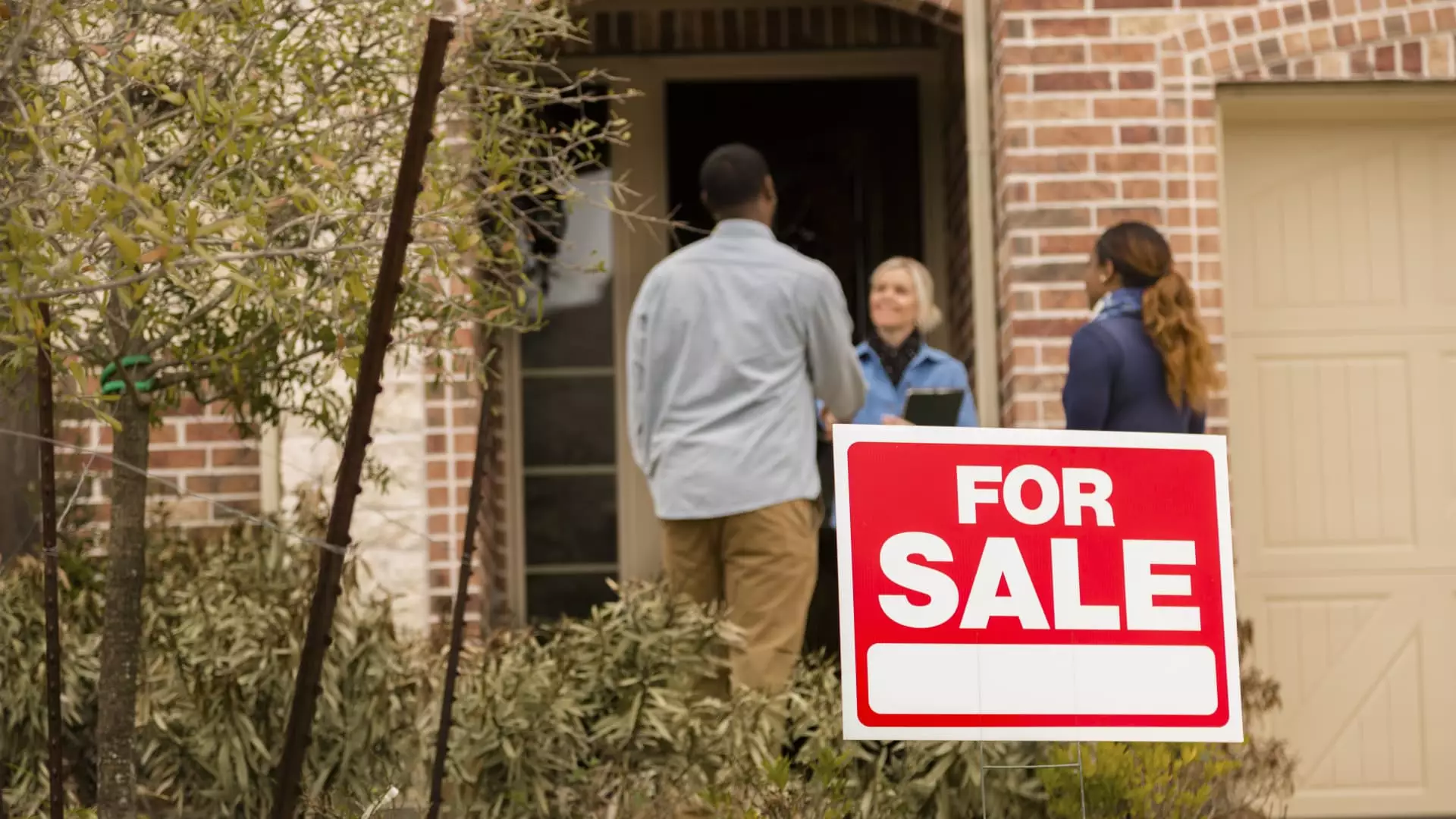The real estate sector in the United States has experienced a tumultuous ride over the past few years, significantly characterized by fluctuating interest and mortgage rates. Despite the overall challenges many buyers face in affording homes, there are emerging signs of improvement, primarily attributed to falling mortgage rates. Recent data presented by Redfin reveals that the typical home buyer must now earn around $115,000 to purchase an average home in the country. This figure marks a slight 1% decrease from last year, indicating a nuanced shift in the affordability issue that has persisted since 2020.
Fundamentally, the changes in housing payments reflect the broader trends in mortgage rates. For the period ending September 15, the median mortgage payment has seen its largest drop in four years, currently standing at $2,534—down 2.7% from the previous year. These reductions in cost are largely tied to a decrease in mortgage rates, with Daryl Fairweather, Redfin’s chief economist, pointing out that the average 30-year fixed mortgage rate decreased to 6.09% from 6.20% within just a week. This minor but significant adjustment underscores a notable development in a market that recently peaked at 7.22%.
However, it’s important to recognize that while these rate reductions offer a glimmer of hope, they do not single-handedly resolve the issue of housing affordability. Fairweather emphasizes that these drops in mortgage payments are predominantly due to declining rates, not an improvement in actual affordability. The reality remains stark: typical households still earn about 27% less than the amount needed to afford a home—approximately $84,000 annually.
Elevated home prices continue to create barriers, with the median asking price for newly listed homes reaching $398,475—a 5.4% increase from last year. Such statistics present a convoluted picture of the market: even though some financial burdens are lightening due to lower mortgage rates, high home prices maintain a significant hurdle for potential buyers. Analysts, like Orphe Divounguy from Zillow, assert that while housing remains broadly unaffordable, current market conditions may represent a temporary peak in terms of opportunity for buyers.
With an influx of inventory coming onto the market—reportedly an increase of 22.7% compared to August 2023—the backdrop may appear favorable for buyers. However, Divounguy again urges caution, indicating that while lower rates could herald some relief, the Federal Reserve’s interest rate cuts do not unequivocally guarantee a continuous decrease in mortgage rates. Factors like Treasury yields and broader economic indicators will play crucial roles in determining future mortgage rates.
Interestingly, sentiment around new single-family homes has also improved, as reported by the National Association of Home Builders. This uptick in builder confidence suggests a potential rebound in buyer interest, evident from a marginal reduction in builders cutting prices. As competition among builders increases, buyers may find more options, but it may come at the expense of rising prices, particularly if demand increases.
Still, the dynamics surrounding existing home inventory are critical, as Robert Dietz from the National Association of Home Builders notes. The anticipated rise in existing home inventory could put downward pressure on prices, reshaping the market in a way that may ultimately benefit buyers who have been hesitant due to inflated prices and economic uncertainty.
Moreover, the “lock-in effect” refers to the predicament facing many homeowners who hold onto low-rate mortgages, dissuading them from selling their properties and entering the market at current higher rates. This phenomenon has led to reduced transactions in the form of existing homes, further complicating the housing landscape. Positioned in this limbo, many might choose to sell and subsequently buy, but the question remains whether they can navigate the shifting market dynamics without exacerbating their financial strain.
This evolving scenario suggests that future buyers may be trading one set of challenges for another—potentially grappling with increased competition in the market in the coming year while hoping for gradually improving affordability conditions. Fairweather summarizes this sentiment by acknowledging, “If house hunters are discouraged because they haven’t found a home, they might have a better chance next year when there are more listings. But they risk higher competition.”
Overall, the current atmosphere in the U.S. housing market encapsulates both hope and caution as buyers weigh their options against historically high prices and uncertain economic signals. While the path to affordability remains rocky, the interplay of mortgage rates, inventory levels, and buyer sentiment holds the key to navigating this intricate landscape.

